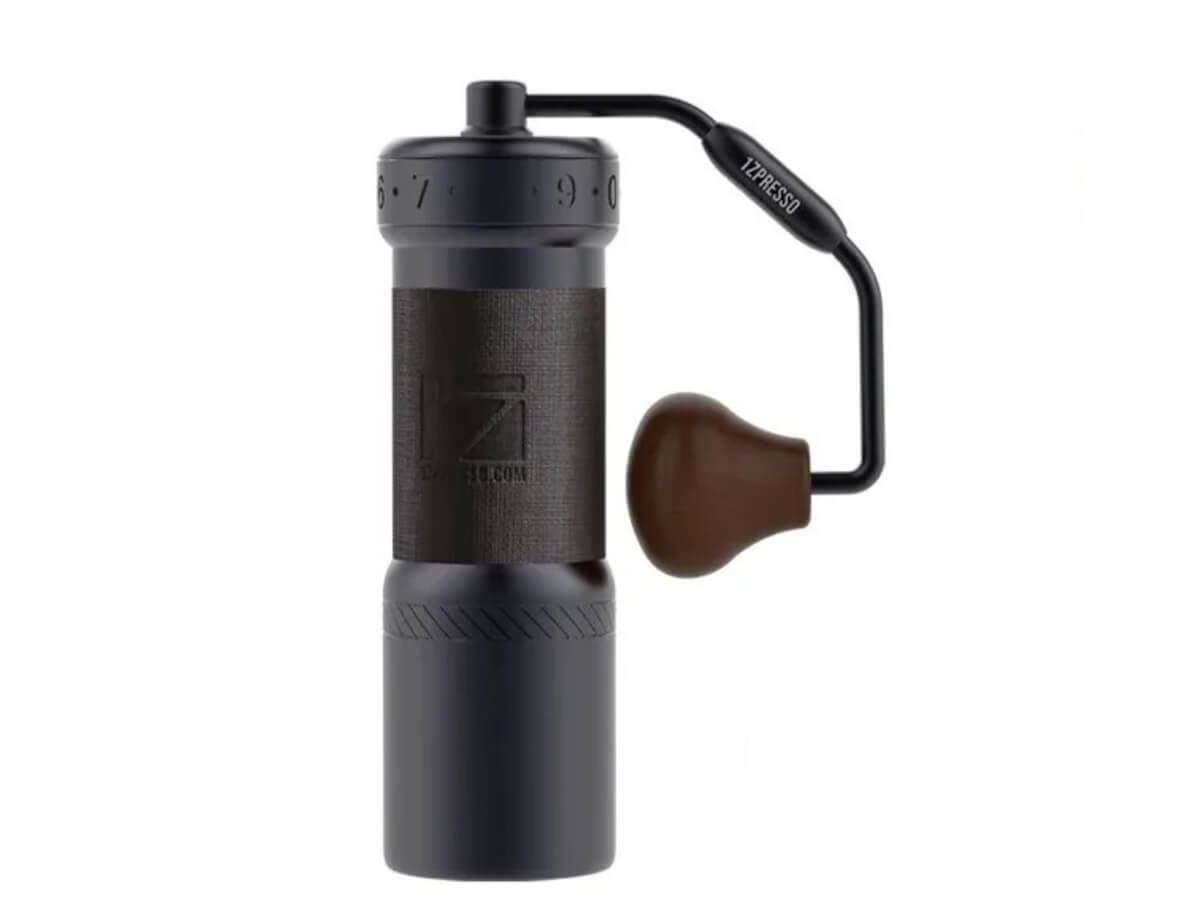Master the Art of Grinding Coffee Beans: An Overview to Coffee Grinders
For coffee fanatics, the process of grinding coffee beans is more than just a routine job; it is an art form that can greatly influence the taste and top quality of the last brew. Understanding the subtleties of various grinder types, choosing the ideal grind dimension, and using the right techniques are necessary actions in the direction of attaining that ideal mug of coffee.
Kinds Of Coffee Grinders
There are 3 key kinds of coffee grinders commonly used by coffee enthusiasts: blade grinders, burr grinders, and hand-operated grinders. Blade grinders are the many fundamental kind, utilizing an easy blade to cut the coffee beans. While they are budget friendly and easy to make use of, they often result in uneven coffee grounds as a result of irregular grinding. Burr mills, on the other hand, supply even more accuracy by squashing the beans between a moving grinding wheel and a non-moving surface. This results in an uniform work size, which is critical for a constant coffee taste. Burr grinders come in both flat and conical forms, each offering slightly different grinding characteristics.
Hand-operated mills, as the name suggests, require manual effort to grind the coffee beans. They are usually liked by those that appreciate the procedure of hand brewing coffee or for those who value mobility. Hands-on mills can differ in style, from easy portable designs to more intricate counter top versions. While they might require even more effort, hands-on mills supply control over the grinding process, allowing users to readjust the grind dimension to their choice. Each kind of coffee mill has its benefits and ideal usage cases, catering to the diverse choices of coffee lovers.

Picking the Right Work Dimension
With an understanding of the various sorts of coffee grinders, the next crucial step in accomplishing the excellent cup of coffee is selecting the best grind size. The grind size plays a considerable role in figuring out the taste profile of your coffee (1Zpresso J-Ultra). Different brewing techniques call for details work dimensions to maximize the removal of flavors from the coffee premises
For a rugged work, perfect for French press and cold brew methods, the coffee beans should appear like breadcrumbs, giving a durable and vibrant taste. Medium-coarse grinds, appropriate for Chemex or Clever Dripper, have a texture comparable to coarse sand, supplying a balanced preference.
Tool grinds, typically utilized in drip coffee manufacturers, have an uniformity resembling normal sand, causing an all-round flavor. Fine grinds, finest for coffee machines, belong to common salt, yielding a rich and extreme preference. Extra-fine grinds, used in Turkish coffee, are as fine as powdered sugar and generate a solid and powerful mixture.
Grinding Strategies for Ideal Taste
To draw out the maximum capacity of flavor from your coffee beans, mastering proper grinding methods is crucial. Consistency is vital when it comes to grinding coffee beans for ideal taste. By paying interest to these grinding strategies, you can elevate the flavor account of your coffee and delight in a much more enjoyable mug every time.
Upkeep and Cleaning Up Tips

Change any kind of damaged parts Check This Out promptly to maintain the top quality of your coffee work. By following these maintenance and cleansing pointers, you can ensure that your coffee grinder proceeds to deliver delicious newly ground coffee for years to come.
Troubleshooting Common Grinder Issues


Ensuring your coffee mill functions efficiently needs experienced troubleshooting of common problems that might develop during its use. One common trouble with coffee grinders is irregular grind size. This problem can occur as a result of boring blades, incorrect calibration, or unequal coffee beans. To resolve this, ensure your mill's blades are sharp and properly straightened, calibrate the mill according to the wanted work size, and shake the grinder delicately while in use to assist achieve an extra uniform work.
This can take place when oils from the coffee beans develop up and obstruct the mill's chute. To fix this, dismantle the mill and clean all parts extensively, paying special attention to the chute and burrs.
Lastly, if your grinder is creating too much noise throughout procedure, it could indicate a trouble with the motor or interior parts. In such cases, it is a good idea to get about his in touch with the producer's guidelines for troubleshooting actions or seek specialist aid to diagnose and correct the problem quickly.
Verdict
To conclude, grasping the art of grinding coffee beans involves comprehending the different kinds of coffee grinders, choosing the appropriate grind dimension, utilizing appropriate grinding methods for optimum flavor, and preserving and cleaning up the mill regularly. this hyperlink By adhering to these standards and repairing common mill issues, coffee enthusiasts can raise their coffee brewing experience and enjoy a scrumptious mug of coffee each time.
Comments on “Precision in Every Work: Discover the 1Zpresso J-Ultra Coffee Mill”